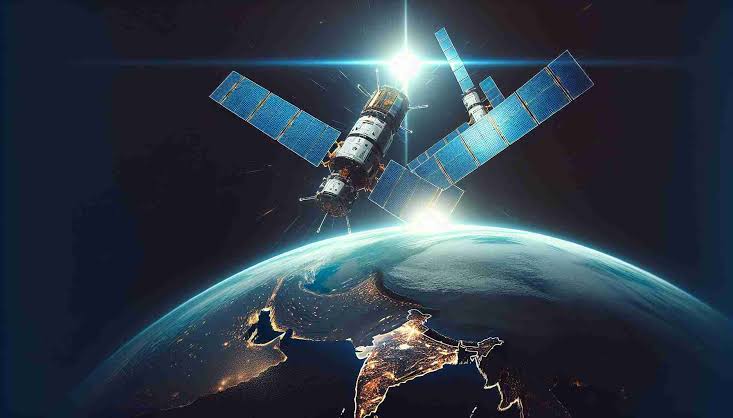ISRO successful docking of two satellites sets stage for Space Station

ISRO has in its first attempt only, successfully conducted space docking of two small craft in space.
On January 16, 2025, ISRO successfully docked two satellites, designated SDX01 (the Chaser) and SDX02 (the Target), at an altitude of 475 kilometres above Prithvi.
The technology is now tested for building the Indian space station and place a person on Chandrama.
The SpaDeX mission blasted off from Sriharikota launch pad on 30 December. The two spacecraft, launched on a single rocket, separated in space.
The docking process, initially scheduled for 7 January, was rescheduled a number of times to ensure perfection.
On Thursday morning, ISRO created history by becoming the fourth country in the world with such technology after United States, Russia and China.
During the docking sequence, ISRO utilized its indigenously developed Bhartiya Docking System (BDS), which is at par with international standards but tailored for India’s needs.
The successful docking was characterized by a smooth manoeuvring process that included capturing the spacecraft and stabilizing them for further operations.
Prime Minister Shri Narendra Modi who was present at the ISRO office in Bangalore as scientists carried out the test, later posted on X “It is a significant stepping stone for India’s ambitious space missions in the years to come.”
The two spacecraft on SpaDeX (short for Space Docking Experiment) called SDX01 or the Chaser and SDX02 or the Target.
Each weigh about 220kg (485lbs) and since their launch, they were travelling in space at a carefully chosen speed.
Both were launched into space together but at the time of separation, they were placed with different velocity to allow them to build a distance of 10-20 km between them.
During docking, scientists manoeuvred them to close that distance allowing them to join together.
The docking was initially scheduled for 7 January, but Isro later delayed it by two days saying they “needed to carry out some more testing through simulations” before the actual docking.
On Sunday, scientists had reduced the distance between the Chaser and the Target first to 15 metres and then to 3metres. After the trial, the spacecraft were moved back to safe distance and data analysis was carried out.
Docking is a very complex process needing extreme precision and coordination. Firstly, the two spacecraft has to be in the same orbit so that the Chaser could start to approach the Target.
On Thursday morning, scientists began by gradually reducing the speed of the two spacecraft – bringing them ever closer until they were just 3 metres apart. Then their connectors were latched together.
In the next step, the two spacecraft were screwed on perfectly, creating an airtight passage for safe transfer of material or crew, completing space docking.
Over the next two-three days, the mission will carry out its next important experiment – it will transfer electrical power from the Chaser to Target.This is to demonstrate that a spacecraft can be sent to service another in space.
The experiment will then demonstrate undocking and separation of the two satellites. The mission will also test ISRO’s capabilities for inter-satellite communication as during the docking and undocking, the spacecraft will have to communicate with the Earth station and also with each other so that they know each other’s position and velocity.
The spacecrafts are also carrying scientific instruments and cameras which will then be deployed. Over the next two years, they will measure radiation in space and monitor natural resources on Earth.
Nothing is being wasted, as part of the rocket that carried SpaDeX to space – which in normal circumstances would become space debris – is being used to conduct some important experiments in orbit for three months.
Poem – short for PS4-Orbital Experiment Module – is carrying 24 payloads and has already carried out two successful experiments.
The first demonstrated seed germination has already been carried out. Cowpea sprouts have unveiled their first leaves in space in micro-gravity. It means that future astronauts could produce food during long-duration missions.
The second experiment involving the robotic arm is for grabbing pieces of space debris. This arm will play a crucial role during the building of the space station as it could be used to capture and put things in place.
It will also come in handy in Chandrayaan-4 – India’s next mission to the Moon which will aim to collect and bring back lunar soil samples.
Prime Minister Narendra Modi congratulated ISRO on this historic achievement, emphasizing its importance as a stepping stone for future missions such as Chandrayaan-4 and the planned Bharatiya Antariksha Station.
The SpaDeX mission not only demonstrates India’s growing capabilities in space technology but also sets the stage for more ambitious projects involving human spaceflight and satellite servicing in the future.




